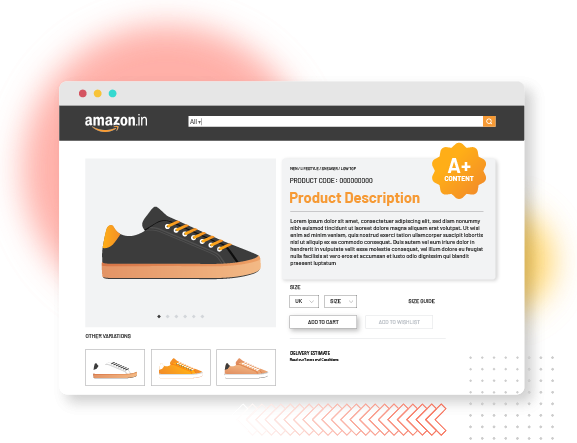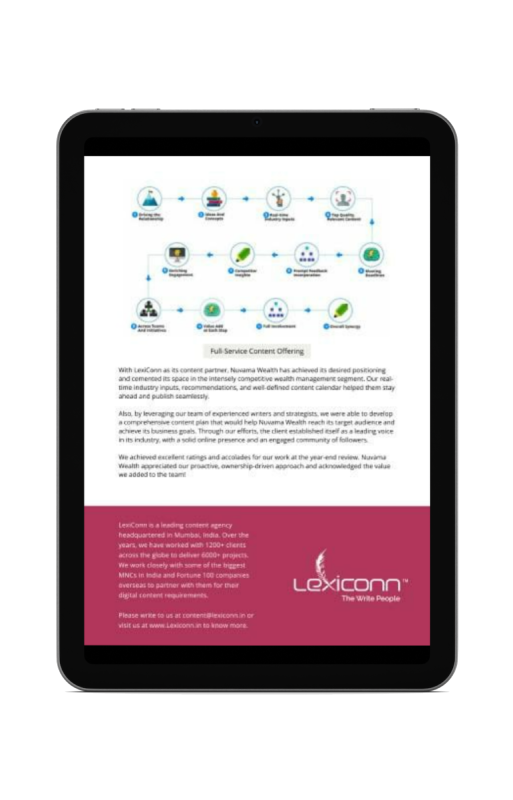
A category page is akin to an index for an e-commerce page. It lists all the products available in that category, for customers to scroll through and compare. However, category pages can be optimized for more than listing products. These seemingly innocuous pages go a long way in making your ecommerce website more engaging and informative.
One of the primary reasons to integrate category pages or landing pages in your sitemap is to give visitors a place to land. Users searching for a specific category of products will be far more appreciative of your website if the link they click on takes them to a category page rather than the homepage or a specific product page.
Category page content is a great way to:
Adding category-specific keywords to your landing page content can increase the page’s search engine ranking for relevant searches. Besides on-page text and META content also play an important role in optimizing your website and driving organic traffic.
Descriptive write-ups about product categories allow you to incorporate information that is too category-specific for your homepage, and too generalized for product pages. It is the apt platform to build interest by elaborating upon the features and benefits of the product type.
Painting a picture wherein you show potential customers how a particular product can add value to their lives could make them more likely to make a purchase. Weave together an imaginary experience around the product category with engaging content.
Category page content can be used to highlight select products from your collection. You can also suggest products or product types that can be bought together for a more complete customer experience. Hyperlink to other landing pages to further nudge users into buying.
General information such as shipping duration and delivery options can also be included for quick reference. You can also promote category-related USPs of your brand or shopping portal through the landing page content.
Like any other form of content, structure is key when it comes to landing page write-ups. Keep the following points in mind to create content that will add to your site, rather than weighing it down:
Avoid Keyword Stuffing
While SEO is an important reason for creating landing page content, stuffing keywords can make the writing seem forced. Not only does it decrease the read quality, it also harms your site’s ranking.
Keep It Original
Remember, duplicating content leads to a lower site rank. Avoid pasting the same content on multiple landing pages with the intention of inserting keywords. Content customized to each category is your best bet to improve both user experience and site ranking.
Focus on the Products
At the end of the day, the user is on your page to buy, not to read. Keep the write-ups crisp and relevant to the products. Additionally, have your category page content at the bottom of the page to prevent the customer from being greeted by a large block of text.
Make the Page Easy to Navigate
You don’t want your users to have to scroll through endless arrays of products to read your category page content. Include a short introduction at the top of the page with an option to ‘Read More’ that takes them to the rest of the content. Do not forget to incorporate the option to ‘Go To Top’!
We have created relevant and engaging content for hundreds of category pages, spanning a variety of product types, across major e-commerce sites. We also perform keyword research by filtering for factors such as geography, USP and current trends. Our approach ensures the right balance is maintained between being informative and driving traffic.
Visit us www.lexiconn.in or drop us a line at [email protected].
LexiConn also offers a free 30-minute content consultation session to help you with your content strategy.
Let's discuss how we can collaborate to unlock growth opportunities for your organization.


I have read and accept the Privacy Policy
Read More